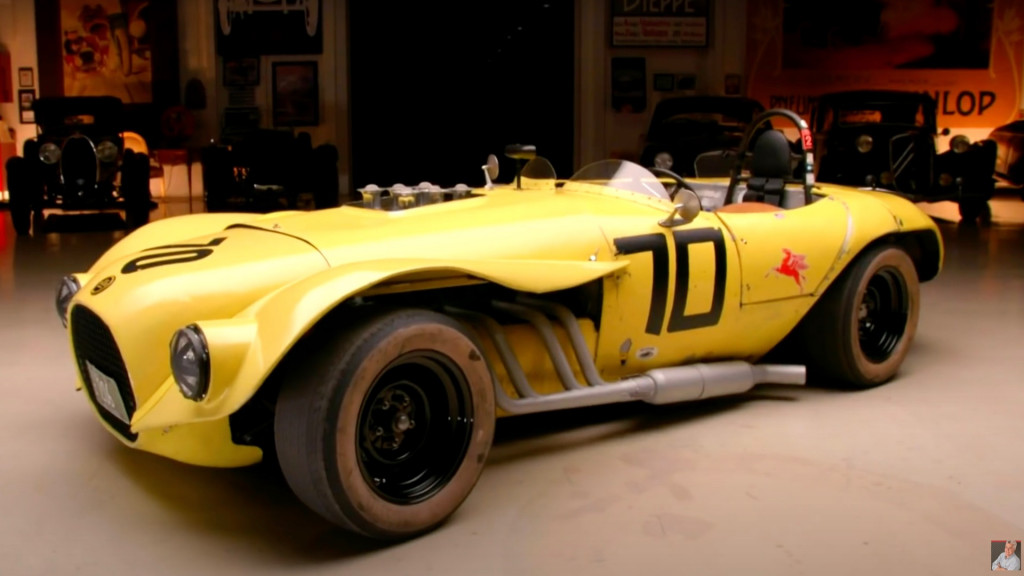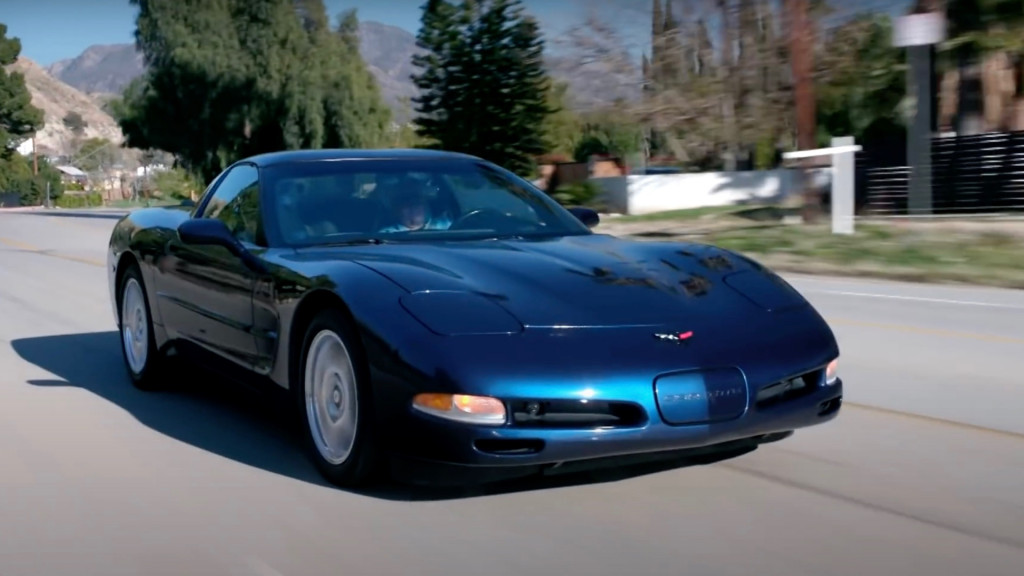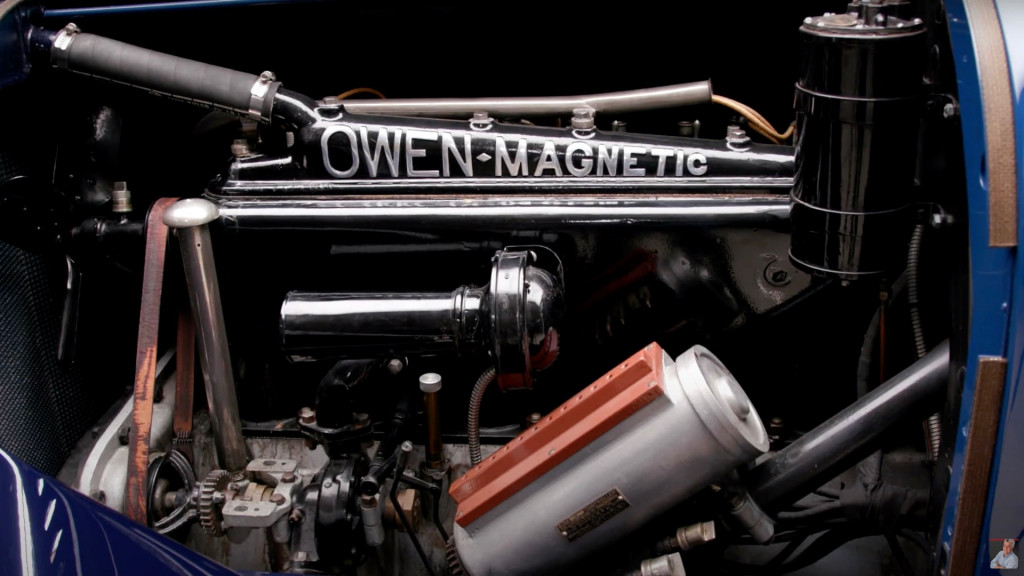Max Balchowsky’s Old Yeller II is a classic racing underdog, and not just because it’s named after a famous movie canine. Featured on the latest episode of “Jay Leno’s Garage,” this homebuilt special beat pedigreed Ferrari and Maserati sports cars back in the day.
Built in 1959, Old Yeller II was one in a series of specials built by Balchowsky, a California-based mechanic and race driver, and it was raced locally by legendary drivers like Dan Gurney and Carroll Shelby. It’s now in the care of Dr. Ernie Nagamatsu, who appeared in the episode explaining the car’s history and quirks.
Old Yeller II is the ultimate expression of function over form. Its massive grille houses a radiator from a Studebaker truck, chosen by Balchowsky to address cooling issues with the car’s Buick “Nailhead” V-8 engine. The Goodyear whitewall tires aren’t a fashion statement; Balchowsky chose them because they had a softer rubber compound than conventional racing tires of the period.

Max Balchowsky’s 1959 Old Yeller II on Jay Leno’s Garage
As the styling implies, Old Yeller II was cobbled together using parts from many different sources. The Buick engine drives the rear wheels through a Muncie 4-speed transmission, the kind used in period Corvettes, Leno noted. The suspension uses Jaguar XK120 upper A-arms and Studebaker lower A-arms, all with holes drilled into them. That was for “crushability,” allowing parts to deform and absorb crash forces, Nagamatsu said.
That’s not the only clever engineering feature of this car. Balchowsky also installed a nerf bar on the driver’s side, but with lots of clearance between the bar and the driver’s hip. That offered better protection than most race cars of the period, Nagamatsu said. The engine is also mounted far back in the chassis to improve weight distribution, which likely helped Old Yeller II win so many races against purpose-built sports cars.
Watch the full video for more details on this important piece of racing history, and to see Leno drive it on the streets of Los Angeles.


